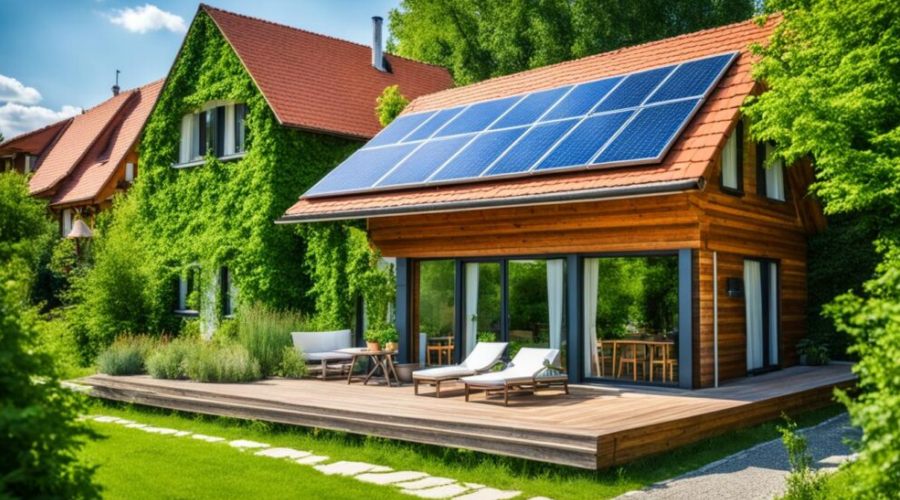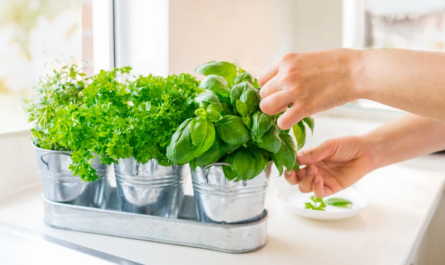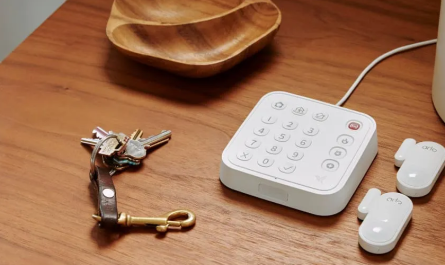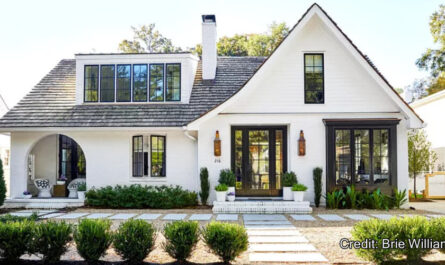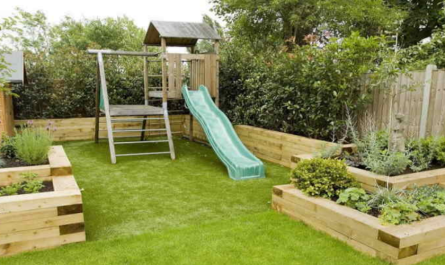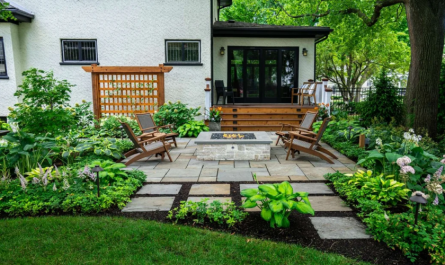Creating an eco-friendly home doesn’t have to break the bank. By making smart choices, you can reduce your environmental footprint while saving money on energy bills. Here are practical and affordable tips to turn your home into a sustainable haven without overspending.
1. Switch to Energy-Efficient Lighting
Switching out old incandescent bulbs for energy-efficient LED lights is one of the simplest ways to reduce energy consumption. LEDs use up to 75% less energy and last significantly longer, saving you money in the long run.
Tip: Opt for warm-toned LED lights to create a cozy ambiance in your living spaces.
2. Install a Programmable Thermostat
A programmable thermostat lets you control your heating and cooling system more efficiently. Set it to lower the temperature while you’re away or sleeping, and only heat or cool your home when needed. This small investment can cut your energy bills by up to 10%.
Bonus: Some smart thermostats are eligible for rebates from utility companies, further reducing upfront costs.
3. Use Natural Cleaning Products
Chemical-laden cleaners are not only harmful to the environment, but they can also impact your health. Switching to natural cleaning products is a budget-friendly way to create a healthier home. You can even make your own cleaners using ingredients like vinegar, baking soda, and lemon.
Tip: Look for eco-friendly cleaning brands that offer refills to reduce plastic waste.
4. Seal Air Leaks
Sealing gaps around windows, doors, and other areas can drastically improve your home’s energy efficiency. This helps maintain indoor temperatures and reduces the need for heating or cooling. Weatherstripping and caulking are inexpensive solutions that make a big difference.
Tip: Check for drafts around baseboards, outlets, and attic spaces too.
5. Upcycle Furniture
Instead of buying new furniture, consider upcycling old pieces to give them new life. With a little creativity, you can transform an old table or chair into something unique and stylish. This not only reduces waste but also saves money.
Tip: Check out thrift stores or online marketplaces for affordable second-hand furniture.
6. Switch to Low-Flow Fixtures
Low-flow showerheads and faucets reduce water usage without sacrificing water pressure. These fixtures are affordable and easy to install, and you’ll notice the savings on your water bill almost immediately.
Bonus: Many water-saving fixtures are also eligible for rebates in certain areas.
7. Plant a Small Garden
Growing your own herbs, vegetables, or even houseplants can improve your home’s air quality and reduce your reliance on store-bought produce. You don’t need a large yard to start; even small balcony gardens or indoor plants can make a difference.
Tip: Use compost from food scraps to nourish your plants naturally.
8. Buy Second-Hand or Recycled Materials
When renovating, look for second-hand building materials or items made from recycled content. Salvaged wood, reclaimed tiles, or even recycled metal can give your home a unique look while reducing your environmental impact.
Tip: Check online marketplaces for building materials that are leftover from larger projects and sold at a discount.
Conclusion
Creating an eco-friendly home on a budget is achievable with small, impactful changes. From switching to LED lights to upcycling furniture, you can make your home more sustainable without overspending. Start with these simple steps, and watch your energy savings add up over time while reducing your carbon footprint.

